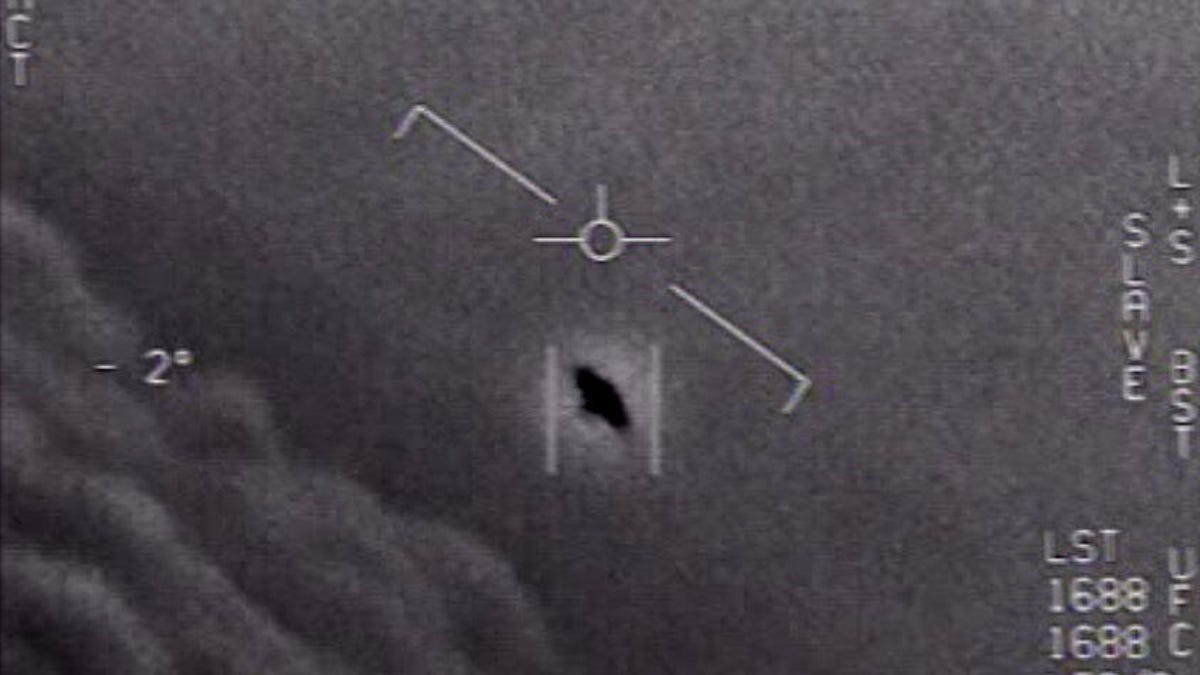NASA to Launch Scientific Study of UFOs
The space agency says there's no evidence that unidentified aerial phenomena are "extraterrestrial in origin."

A still shows the unidentified object tracked by a Navy pilot in 2015 in the "Gimbal" video.
Last month, the US Congress held its first public hearing on UFOs in 50 years. On Thursday, the space agency said it's commissioning a scientific study on "observations of events in the sky that cannot be identified as aircraft or known natural phenomena."
More widely known as UFOs (unidentified flying objects), the term UAP, aka unidentified aerial phenomena, is a more formal way of saying the same thing, while also giving a little distance from the popular conception of UFOs as extraterrestrial objects. "There is no evidence UAPs are extraterrestrial in origin," NASA emphasized in the statement today.
The congressional hearing and a Pentagon report issued in 2021 have failed to shed much light on UAPs. Sightings have included a series of videos captured by the Navy, including some newly released footage shared during the hearing. Government officials have expressed concerns about flight safety as well as national security should any of the UAPs be the work of foreign interests.
Astrophysicist David Spergel of the Simons Foundation will lead the independent study team, which will go to work later this year. Spergel is taking a data-first approach. "Given the paucity of observations, our first task is simply to gather the most robust set of data that we can," he said. "We will be identifying what data -- from civilians, government, non-profits, companies -- exists, what else we should try to collect, and how to best analyze it."
In a NASA teleconference Thursday, Spergel said he intends to go into the study with no preconceived notions and that he is open to the idea that UAPs could have several different explanations.
The team will take about nine months to complete the study, which will also look at how best to collect future data on UAPs. The report will be made public.
NASA could bring a fresh perspective to the investigation of UAPs.
"We have access to a broad range of observations of Earth from space -- and that is the lifeblood of scientific inquiry," said NASA associate administrator for science Thomas Zurbuchen. "We have the tools and team who can help us improve our understanding of the unknown. That's the very definition of what science is. That's what we do."

